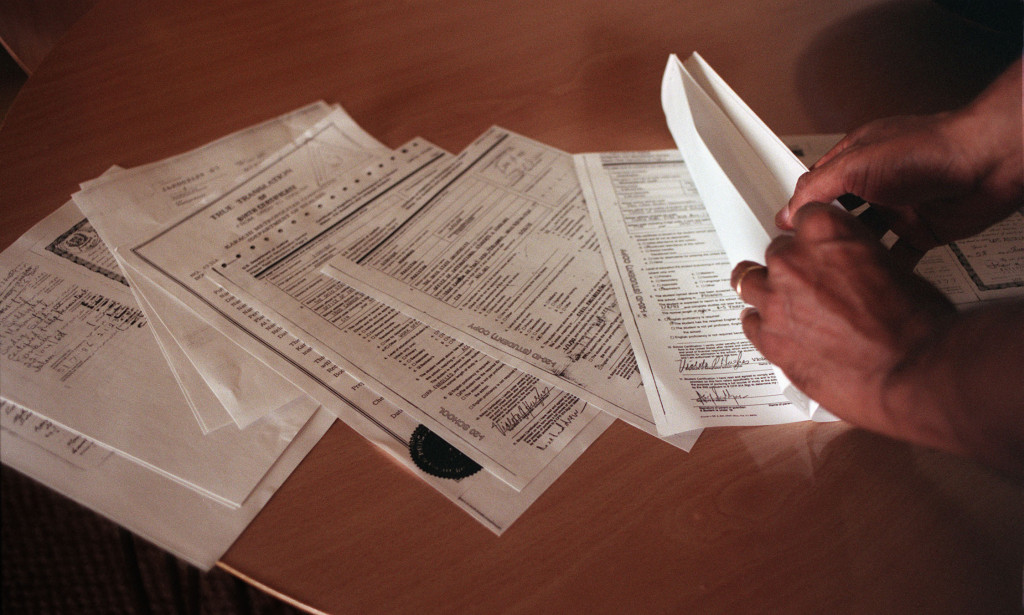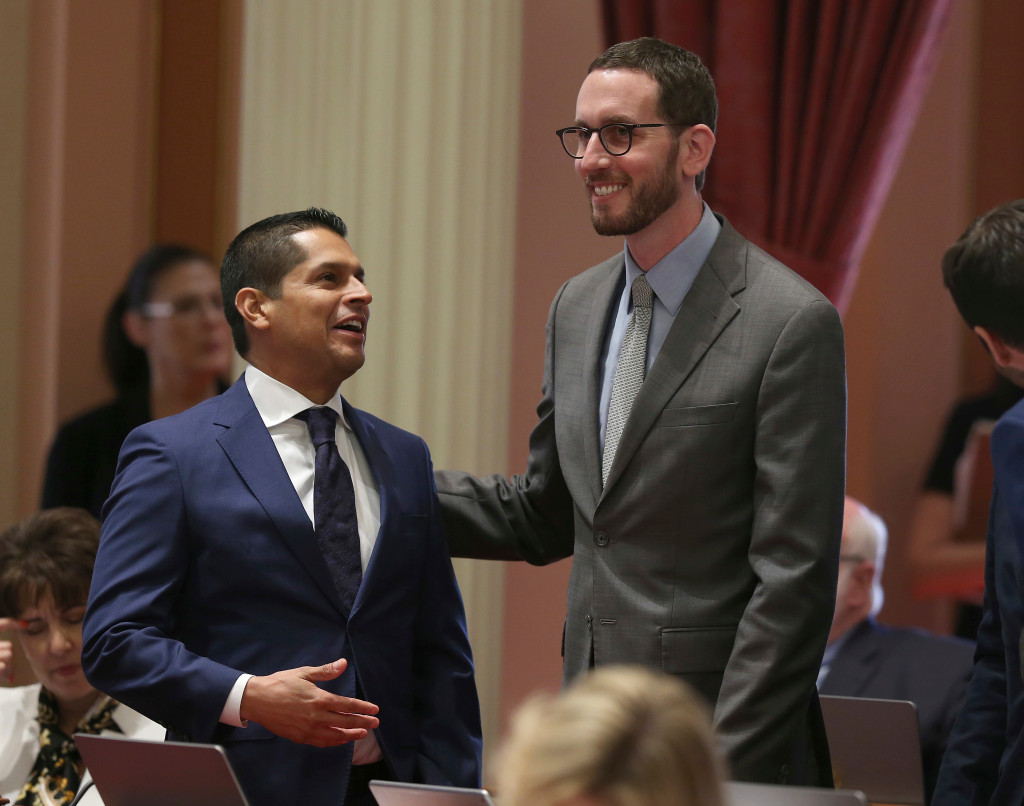The Santa Clara Valley Transportation Authority will need new sources of funding to pay for the BART extension into downtown San Jose, the agency said Friday, in its first public acknowledgment that the current budget to bring BART trains through the nation’s 10th-largest city is short by more than $1 billion.
During a special meeting of the VTA board on Friday, Gregg Richardson, the agency’s chief financial officer, said the VTA plans to spend the coming months looking for ways to fill the funding gap to reach the federal government’s latest cost estimate for the project of $9.15 billion.
“That’s not to say that we believe that’s what the cost will be – but that’s the ceiling,” Richardson said. “If we can fund that, then we feel confident the rest of the project can work.”
The VTA needs to show the federal government by October 2023 that it can line up an additional $1.66 billion – likely from other state and federal resources – or it risks losing the $2.3 billion commitment for the project made last year by federal transit officials.
The latest setback for the highly-anticipated BART project comes after the VTA spent months downplaying an analysis from the Federal Transit Administration, first reported by the Bay Area News Group, that said the cost of the project could soar and construction could take until 2034 to complete. The official VTA budget for the project still stands at $6.9 billion with a 2030 completion date.
But VTA spokesperson Bernice Alaniz said the agency now acknowledges the rising costs of commodities and labor are driving up the price tag.
“It’s just the way the current environment is going and observing other mega projects,” she said. “We’re going to plan for and prepare for that ceiling and do whatever we can to bring that down.”
The new financial concerns are in addition to more immediate budget problems already hamstringing the agency, which is relying on federal COVID relief money to balance its budget for South Bay light-rail and bus service.
VTA officials said Friday that the agency is also forecasting trouble in paying BART to operate the current leg of the extension that is running into Santa Clara County through Milpitas and Berryessa in North San Jose.
VTA currently relies on a 2008 voter-approved sales tax to pay the majority of BART’s operating costs, but those funds are projected to be insufficient to cover the expenses. Alaniz said the agency is looking to move money from other parts of its already strapped budget to make up the gap, though she would not provide an estimate for the shortfall nor an expected date for when BART’s operating costs will outstrip the sales tax funds. Last year, VTA paid BART $27 million.

The funding shortfall raises questions about how VTA will afford the future costs to operate the six-mile, four-station BART extension. The current BART stations in Santa Clara County opened during the pandemic and have struggled to attract riders — ridership was only 13% of pre-pandemic projections in March.
Alvarez said the agency is eyeing California’s booming budget surplus along with other federal money. But there is competition for those funds, which will be targeted by other transit agencies around the state and country. Alvarez said there are no plans at the moment to seek additional money from Santa Clara County taxpayers.
The BART to Silicon Valley plan, managed by the VTA, is slated to be the largest infrastructure project in Santa Clara County history. The project was approved by nearly 71% of Santa Clara County voters in 2000. Voters have approved two sales tax measures that together will provide about $4 billion for the extension.
Despite the support for the project, the extension’s underground tunnel design has sparked some controversy. The VTA and BART boards have chosen to use a single-bore technology, which has never been used to mine a subway tunnel in the United States, in order to minimize disruptions at the street level downtown that a more conventional, twin-bore tunneling method would require.
The Federal Transit Authority announced in October 2021 that it intended to funnel up to $2.3 billion of transit funds into the extension, or a quarter of the final project cost, whichever is less. President Joe Biden’s proposed budget released earlier this month earmarks $200 million of the total federal funding.
Before providing VTA with the full funding, the federal government gave the agency two years to issue contract bids, determine the project’s final price tag, and complete a revised funding plan.
“There is a time constraint on the letter of intent, but we’re working toward making sure that all of that will be complete,” Richardson said.
Jason Baker, a vice president at the Silicon Valley Leadership Group, a business association that has spearheaded transit funding ballot measures, said that the VTA should not be faulted for its rising cost estimates.
“Projects like this are, are big and they’re hard,” Baker said. “And they come with a certain level of uncertainty built-in.”
But not everyone is as understanding.
“It’s a good first step toward maybe changing the expectations of stakeholders,” said Elizabeth Alexis, co-founder of Californians Advocating Responsible Rail Design. “But the courageous thing to do now is to rethink the design of the project so that you don’t suck money out of every other important transit project in the region and state.”










